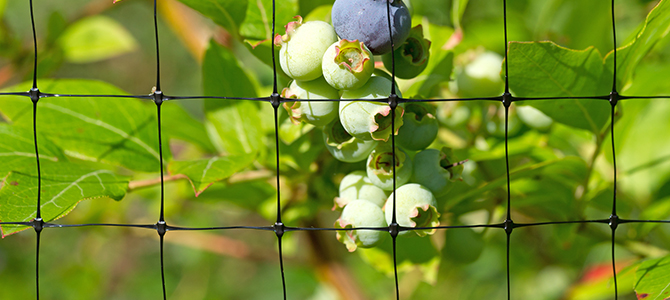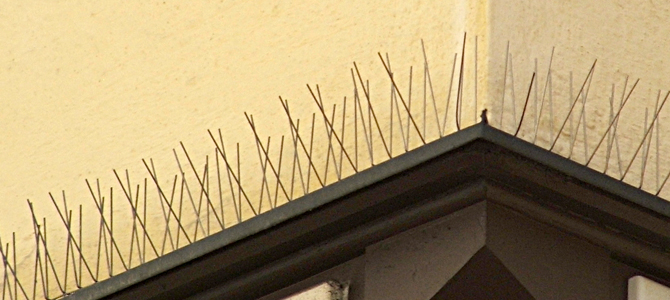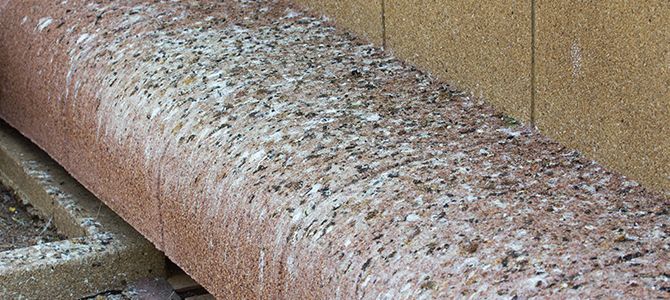Seagulls are a growing problem in the UK. When a lot of people think of seagulls as they think of seaside resorts and trips to beach. However, in recent years, seagulls have started to infest urban areas and cause a number of problems as a result.
The reason for seagulls flocking to urban areas is due to a number of reasons. Firstly the large volume of buildings in cities make for a perfect nesting environment for the seagulls that are free from predators. There’s also plenty of food for them to eat from bins and public waste sites. Lastly, cities and town centers to stay warm during the winter in comparison to coastal areas, which means they don’t have to migrate.
Some of the problems that arise from seagulls nesting in urban areas are –
- Noise pollution
- Droppings causing health hazards
- Swooping on the public and their pets
- Damaging property
- Blocking gutters and gas flues
Although most people might not consider seagulls to be pests, when you want to get rid of them from a particular area, the best way of doing this is to hire a pest control company and better yet, one that specifically deals in bird control.Bird control companies will be able to get rid of seagulls in an efficient and humane way.
Seagull Control Solutions
There is a range of seagull control solutions on the market that are very effective in dealing with the problem. The most common solutions are –
Netting - Netting is a very popular way to control seagull infestation. It is easy to cut and fit on a variety of surfaces and also comes in a number of colours so it can be fitted onto the exterior of a building without being an eyesore. It’s also very low maintenance and will provide years of reliable and effective use.
Spikes - Spikes are another common solution. They can be placed in rows alongside the edge of buildings where seagulls like to perch. The appearance of the spikes will be enough to deter seagulls from perching and nesting where they are placed. They can look unsightly, so whether they’re suitable or not will depend on the type of building where they’re being used.
There is a range of seagull control solutions on the market that are very effective in dealing with the problem. The most common solutions are –
Netting - Netting is a very popular way to control seagull infestation. It is easy to cut and fit on a variety of surfaces and also comes in a number of colours so it can be fitted onto the exterior of a building without being an eyesore. It’s also very low maintenance and will provide years of reliable and effective use.
Spikes - Spikes are another common solution. They can be placed in rows alongside the edge of buildings where seagulls like to perch. The appearance of the spikes will be enough to deter seagulls from perching and nesting where they are placed. They can look unsightly, so whether they’re suitable or not will depend on the type of building where they’re being used.
Wire & post - With this solution, posts are drilled into the fabrication of the building and a wire is hooked onto them. The wire will prevent seagulls from perching where it’s used. The advantage to wire & post is that it’s very discreet and cannot be seen from a distance.
Seagull Control London
If you live in London and want to prevent seagulls from gathering on your building then you’ll want to hire a bird control company who can install one of the solutions mentioned above. A quick Google search will provide you with a list of companies to choose from who will be able to tackle any problems you have with seagulls.
If you live in London and want to prevent seagulls from gathering on your building then you’ll want to hire a bird control company who can install one of the solutions mentioned above. A quick Google search will provide you with a list of companies to choose from who will be able to tackle any problems you have with seagulls.










